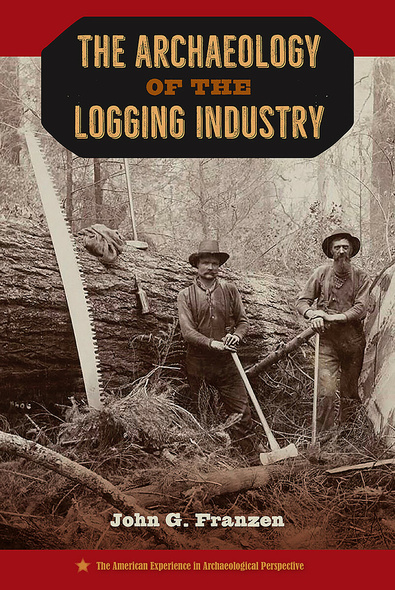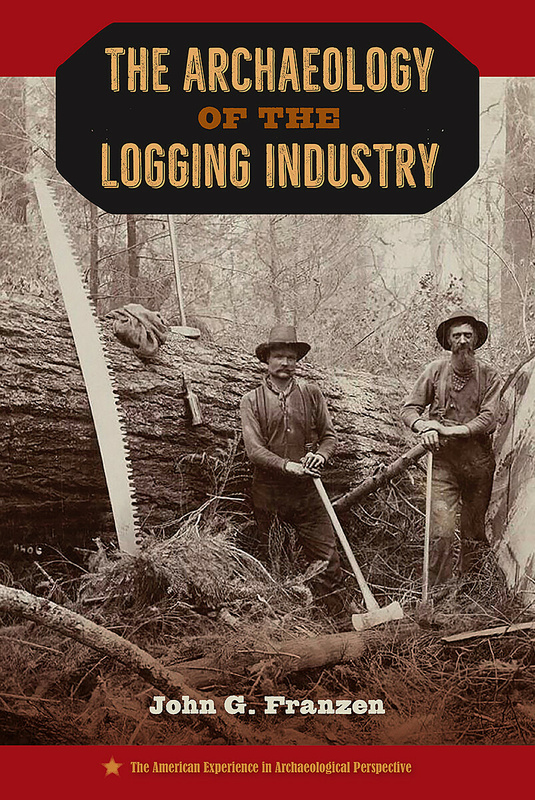
The Archaeology of the Logging Industry
<p>The American lumber industry helped fuel westward expansion and industrial development during the nineteenth and twentieth centuries, building logging camps and sawmills—and abandoning them once the trees ran out. In this book, John Franzen surveys archaeological studies of logging sites across the nation, explaining how material evidence found at these locations illustrates key aspects of the American experience during this era.</p><p>Franzen delves into the technologies used in cutting and processing logs, the environmental impacts of harvesting timber, the daily life of workers and their families, and the social organization of logging communities. He highlights important trends, such as increasing mechanization and standardization, and changes in working and living conditions, especially the food and housing provided by employers. Throughout these studies, which range from Michigan to California, the book provides access to information from unpublished studies not readily available to most researchers.</p><p><i>The Archaeology of the Logging Industry</i> also shows that when archaeologists turn their attention to the recent past, the discipline can be relevant to today’s ecological crises. By creating awareness of the environmental deterioration caused by industrial-scale logging during what some are calling the Anthropocene, archaeology supports the hope that with adequate time for recovery and better global-scale stewardship, the human use of forests might become sustainable.</p> A volume in the series the American Experience in Archaeological Perspective, edited by Michael S. Nassaney
John G. Franzen is a consultant in archaeology and historic preservation. He served as an archaeologist for the USDA Forest Service in northern Michigan from 1980 to 2013.




